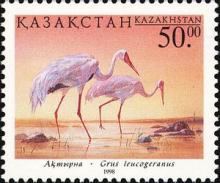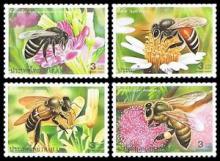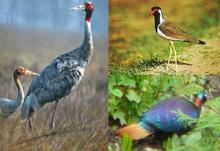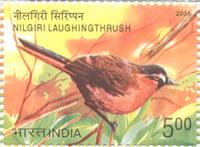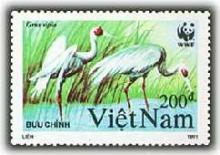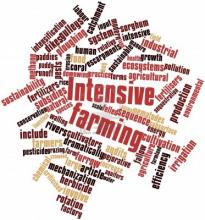The local extinction of migratory shore birds in the Australian Hunter River estuary is forecast within the next two decades as numbers decline rapidly
The Hunter Bird Observers Club says figures for 2013 showed no improvement, with less than a third of the birds coming to the region when compared to 15 years ago. Member Chris Herbert says that is largely due to habitat destruction locally and at the bird's Northern Hemisphere refuel areas near China and Korea. He says three types of the 20-odd species that come to the Hunter are already gone. "Projecting the decline of these birds into the future from the data that we have in the future, which is very detailed data, there'll be virtually an insignificant number of migratory shore birds in the estuary during the next 10 to 20 years," he said. "It's that serious a decline and so steep."


